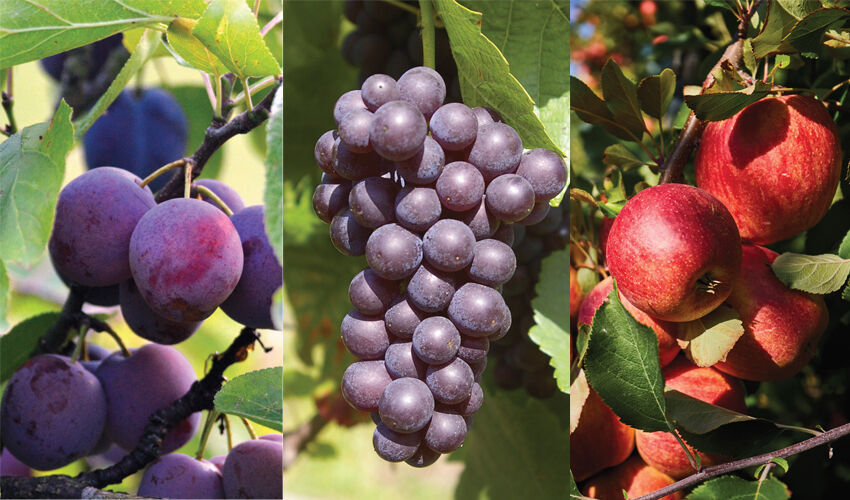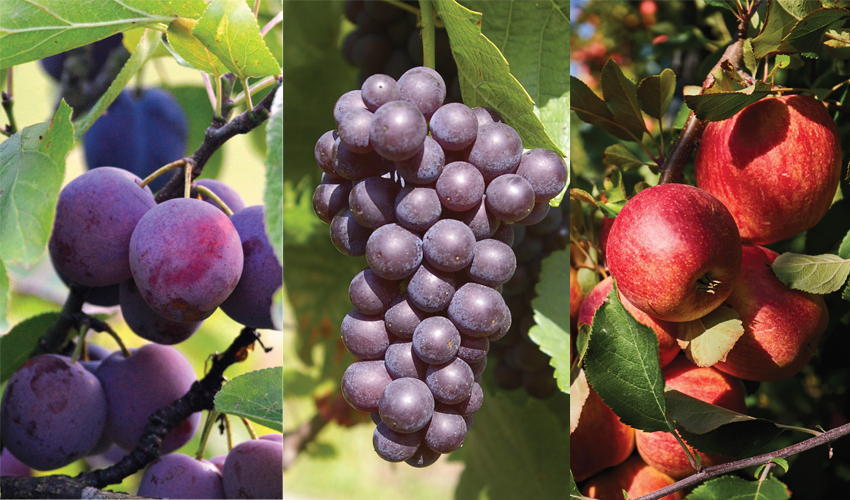
Plum. Perhaps the most optimistic position in the export topic. According to expert estimates, by now more than 40 thousand tons of Moldovan plums of the crop-2025 have been exported. Moreover, the export dynamics is increasing month by month. In October, Moldova exported about 22.2 thousand tons of plums (for a total amount of $20.7 million, average invoice price – $1.07/kg). However, not all of these products were supplied to the EU market last month, about one third of the export volume went to the markets of the CIS and other European countries outside the EU.
Nevertheless, if to the October export to the EU we add the volumes of deliveries from August to September, the total sales of plums from Moldova to the EU approached the mark of 30 thousand tons. And this is practically half of the Euro quota-2025.
In this regard, it is necessary to make a small clarification. From the end of July to the beginning of October, the duty-free quota for plum exports to the EU in the amount of 15 thousand tons was restored for Moldova (after a two-year period of fully liberalized supplies). This quota was fully utilized by the beginning of the second decade of September. Then, until the first days of October, the supplies (sharply reduced) of Moldovan plums to the EU were subject to customs duty. However, as a result of the DCFTA agreement actualization, since the beginning of October Moldova was granted extended duty-free Euro quotas. In particular, for plum exports – 61 thousand tons. Fruit market operators hoped that in 2025 to this value it would be possible to add those 15 thousand tons of plums, sent to the European market before the new quota came into effect. Total, 76 thousand tons. But no, as explained to LP correspondent in the Ministry of Economy, this year Moldovan exporters will be able to export only 61 thousand tons of plums duty-free – and that’s it.
Consequently, the only open question is whether Moldovan traders will be able to send to the EU another 30 thousand tons in November-December. The affirmative answer is not obvious, there are arguments both “for” and “against”.
According to Andrei Zbanka, an expert in agro-marketing, the main problem is that in the second half of the fall, the quality of Moldovan plums offered by the market, including for export, has noticeably gone down. “Unfortunately, most of the fruits are already too soft, they are not very suitable for long-distance transportation and long “life” in the commercial cycle without losing presentability,” the expert explains. – This problem is observed for the second season in a row, and I do not think that the main reason for this state of affairs is explained only by specific weather conditions. They may be the root cause, but for sure there are also agro-technological errors, the nature of which we do not yet understand. Many gardeners are looking for a solution, in particular, to increase the density of fruits, they use preparations containing calcium. However, they do not always help. Some producers have initiated researches of this problem together with European experts, we hope for a positive result”.
Operators of the fruit market of Moldova note that plum stocks in industrial refrigerators of gardeners and traders are still quite large – at least 15-20 thousand tons. According to the norms, plum can be stored even in conditions of high-tech refrigerated chambers with controlled gas environment not more than 90 days. Accordingly, products stored in September are already in the risk zone. And harvested in October, taking into account the rapidly changing (not for the better) quality, will probably be “thrown on the market” in November.
As a result, on the one hand, the factor of “excess supply” will come into play. And the demand from exporters for plum, as some growers complain, “is already low”. It can be assumed that traders are not very eager to take additional risks associated with the sale of goods of poor quality.
Taking all this into account, it can be assumed that the purchase price of plums for export in the last third of the selling season is unlikely to increase. In October, Moldovan plums of export quality were purchased by traders in bulk at an average price of 13 lei/kg, i.e. at the same price as in the same month last year. This was not a bad price level, one of the highest in the five-year period. In the first half of November, the price decreased to 12 lei/kg on average. Moreover, for plums “without containers” they offer no more than 7-8 lei/kg.
It is worth opening quotation marks in this place. Traders have previously noted that no less than a quarter of Moldovan export plums sent to Europe are processed. And it is good if it is used as dried fruit, more often – for distillation. In this context, it can be assumed that the Euro-quota-2025 for plums will be selected in full, if growers agree to reduce the purchase price for soft plums, which will be subsequently processed.
Grapes. Unfortunately, the “quality problem” of grapes of the main export variety “Moldova” undermined the high plans of Moldovan winegrowers for export and harvest. At the end of summer at the meeting of the “commodity line council” at the Ministry of Agriculture and Food Industry MAIA its participants (officials) predicted the best harvest of table grapes for many years – not less than 150 thousand tons. And the maximum export – above the previous record (84 thousand tons, 2023).
Due to precipitation during harvesting and cracking (cracking of berries), the quality of grapes of “autumn” varieties has sharply decreased. In addition, the grapes did not gain proper sugar content. As a result – low demand and export volume. In particular, in November, only the Polish direction was the most active, due to the fact that the consortium of several grape-growing enterprises of Ialoveni and Cahul regions won the tender for the supply of 4 thousand tons of table grapes to a large buyer in Poland.
As a result, it can be assumed that the Euroctota-2025 for Moldovan grapes – that is 40 thousand tons – will not be selected in full.
Apples. At the beginning of the season, market operators had hopes for the activation of export supplies of apple to the European Union due to the forecasted low harvest of these fruits in some important countries-producers of these fruits, in particular, in Poland and Turkey. However, the forecast did not come true. The actual crop situation turned out to be much better. The “window of opportunity” has not opened yet. Export of Moldovan apples in September-October was relatively low – about 6-7 thousand tons monthly, and only about half of them – to the European market.
Market operators predict a significant activation of external supplies of apples only in winter-spring. That is, there are practically no chances for a significant selection of the Euroquota-2025 of 50 thousand tons.










